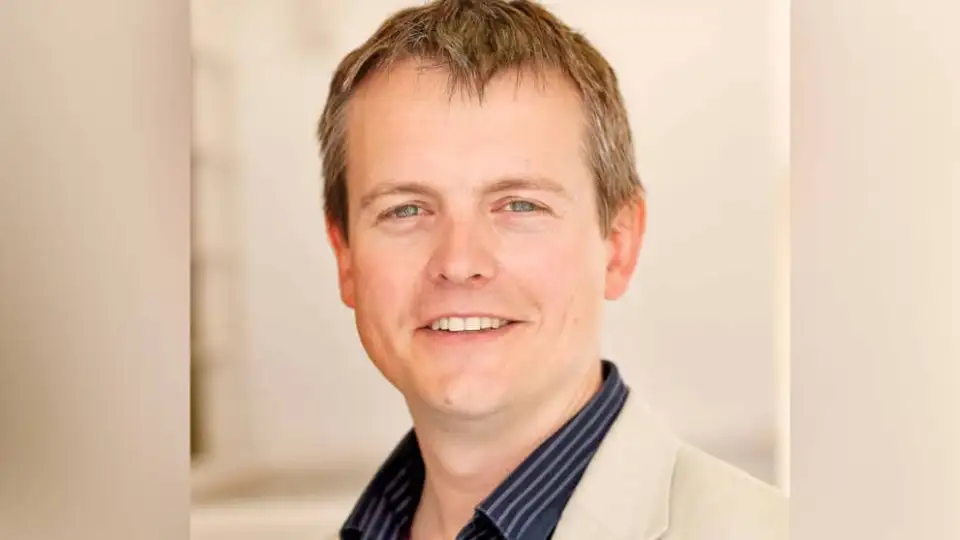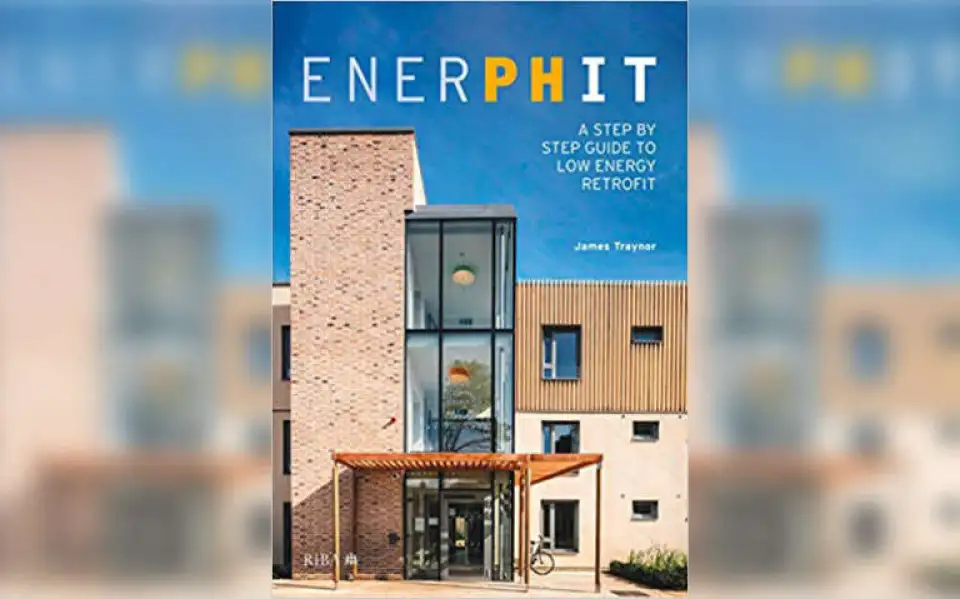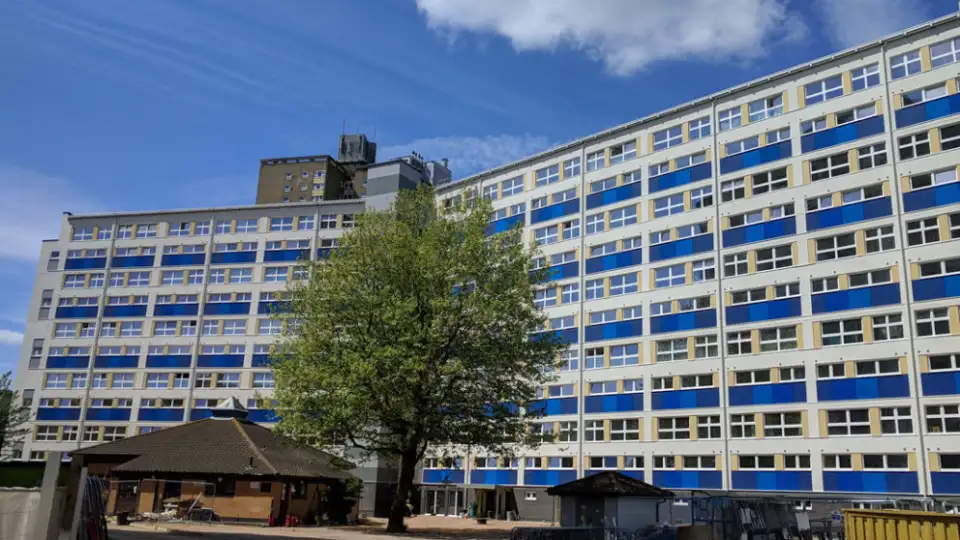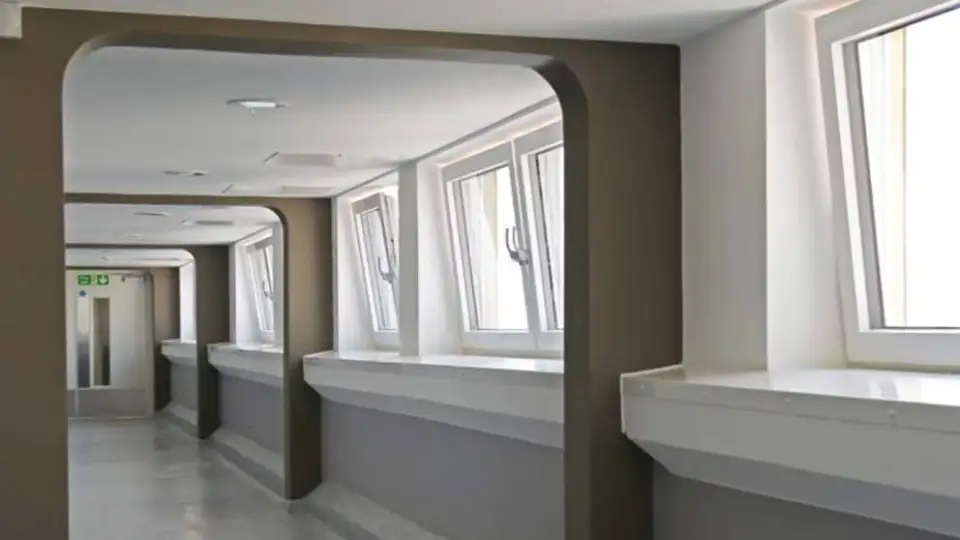
Next Monday, December 2, the Royal Institute of British Architects (RIBA) will host a book launch event and panel discussion in London centered around the new book, “EnerPHit: a Step by Step Guide to Low Energy Retrofit”, written by James Traynor, managing director of UK-based ECD Architects. The book features several case studies of Passive House retrofits from the UK, Europe, and the US. (Passive House Accelerator’s Michael Ingui will take part in the panel to talk about one of Baxt Ingui’s NYC Passive House retrofits.) I caught up with James yesterday to chat about his work, his book, and his thoughts on about how EnerPHit can drive deep energy retrofits in the UK and beyond.

Zack Semke: Could you share a little bit about your role at ECD?
James Traynor: Sure. I’m the MD (Managing Director) of ECD, and I’ve been with ECD for about thirteen years now. ECD itself was set up nearly 40 years ago—40 years next year, in 1980. ECD stands for “Energy Conscious Design”, and the founding partners set it up on the back of the oil crisis in the 1970s. It was actually started as a research project looking at the impact or potential of solar energy in the the European Union—or the EEC (European Economic Community) as it was then—and it gradually grew over the years into a small-to-medium-sized practice. They did a lot of public sector work particularly, because that was the focus of sustainability in the early days. There were very few practices doing sustainability in the 1980s and 90s, and they helped author the BREEAM (Building Research Establishment Environmental Assessment Method) model back in the 1980s.
There was a real rich sustainability history, and then practice. I’ve been here about 13 years, and we’ve retained our own identity and that ethos. We were, for instance, founding members of Passivhaus Trust in the UK back in 2010. Over the last 40 years sustainability has become mainstream, but Passive House is still a niche. We saw 10 years ago that Passive House provided a level of certainty in building performance that the previous attempts at sustainability didn’t quite offer, so it’s something we became very interested in.

We also developed a niche in building refurbishment. That’s something we’ve been interested in for a long time, long before Passive House. The UK government made a commitment to an 80% carbon reduction target through the Climate Change Act back in 2008, and we then looked at what that could mean for the residential sector. We did a few pilot studies and pilot projects, and then we built out some small buildings, but we’ve also done a lot of big tower blocks over the years—high rise refurbishment projects—and they’ve always tried to be better than the local standard, the Part L standard. We then discovered EnerPHit eight or nine years ago.
We’re not the first people to do EnerPHit by any means. Lots of other people have done it, but I suppose we worked on a very large project and it was the biggest multifamily residence in situ, Wilmcote House. It was a challenging project. We found that the EnerPHit methodology, as much as the standard itself, gave us that ability to interrogate the building performance and design to meet that very high standard. It’s not without its challenges, but it’s a process that we’ve wanted to repeat.
And then I became aware of lots of other projects around the world that we were doing in other sectors, and I thought it was important that people know about this because we all get sucked into our own little niche and our own area of interest, and it’s important that people know what’s possible, and that’s when I discovered Mike Ingui and some of the other guys doing it around the world. It’s still a very small bubble compared to the wider world, but it’s really important that the wider world knows about this.
Zack: Yeah. No kidding.
James: Particularly now with carbon emissions being what they are, and global climate change targets. People need a solution.

Wilmcote House, a major EnerPHit retrofit designed by ECD Architects.
Zack: That’s a great segue to the book. What’s the title and what were some of the inspirations for making it happen?
James: So it’s “EnerPHit, a Step by Step Guide to Low Energy Retrofit.” What motivated me to write it was being involved in a project that was targeting EnerPHit. I was also guided by a couple of former colleagues: Sofie Pelsmakers, who’s a bit of an expert on sustainability, she’s written a few books; and Nick Newman, who also had written books on Passive House, as well—the economics of Passive House. With their encouragement, and my own sort of awareness through this project, I felt that it was important that somebody write this. There is a book in German, as you probably know, but nothing in English. There are obviously lots of good books on retrofit and lots of good books on Passive House, which reference EnerPHit, but I just felt it deserved a book in its own right. You know, retrofit is so important to us all globally, but it’s not glamorous, and I think architects have a tendency to focus on the shiny and the new. Dealing with existing buildings is challenging, especially with building residents or occupants in situ. Living through the process is incredibly challenging, but it needs to happen.
Zack: Absolutely. For the uninitiated, retrofitting can be a daunting task, especially with larger buildings. If you were going to share a couple of the most important design innovations or wise approaches that EnerPHit brings to the process, what would those be?
James: As with Passive House in new construction, EnerPHit gives us the confidence that the retrofit is going to work, and that we have the tools to model it. If you tackle the fabric, you can achieve so much. In our case, we didn’t have to replace the services, which was a big cost saving for us. The residents were not going to need to heat their homes when it was completed. So we saved ourselves quite a lot of money by not having to spend money on the heating system. That was a good takeaway that…yes, it’s going to cost you more in one area, but it’s going to save money in another area, and you can trade that off.

Zack: That’s interesting. With new construction in Passive House, it means a smaller mechanical system, but what you’re saying is that with the retrofit scenario, you can sometimes just zero that expense out entirely.
James: Yeah. The bigger risk is if you’ve got a big heating system. For example, one of the projects in the book was a university in Innsbruck, in Austria. They actually had to reduce the heating system. They had to take away a lot of the radiators because the risk of overheating was too high.
Zack: Right.
James: The other takeaway is that your starting point for EnerPHit, for refurbishment, is very different to new build because you’re starting from a position of relative performance. In the building that we were looking at, theoretically the carbon savings of the retrofit compared to the baseline would have been enormous if the residents had been heating their homes properly before the retrofit. But the fact was that before the retrofit they couldn’t afford to heat their homes because it was social housing, and the cost of energy would have been a quarter of their income or more to heat their home to a World Health Organization level of just 18° C. A university study showed that the internal temperatures pre-retrofit were 12° or 13°—exactly the temperature for mold growth.
Zack: Wow.

James: So the savings in fuel bills have been significant, but they’ve not been as much as you might have assumed if they’d been able to start from a point where it was a properly functioning building.
Zack: Absolutely. You’re addressing energy poverty and occupant health. Justice issues.
James: Yeah. Massively, yeah. We did a great deal of research with London School of Economics. They did a report called, Retrofit to the Rescue, which is online. It was funded by Rockwool—the insulation people. That just showed the massive impact. It didn’t create big carbon savings, but it made much bigger fuel poverty impact.
Zack: Right. So, what’s the December 2nd event about? Who’s going to be there and what’s on offer?
James: It’s sort of snowballed, actually. I’m really looking forward to it because I just thought it was a book launch and we’d keep it small and keep it fairly simple, but I’m really glad that Mike is coming across and we’ve got Passive House designers from Latvia and Ireland and the UK and other places coming together to talk about their case studies. It’s not just architects, but clients, as well, and academics. I think there are nine case studies that are being represented, so it should be a good night. I was just going to give a little intro to the subject, and then have a panel discussion with the people there because there’s such a wealth of knowledge in the room, and then we’ve got an audience of about 100 or so people for Q and A. It should be good fun.
Zack: It sounds like it will be. These are inspiring stories, the kinds of transformations that we’re talking about here, so that’s fantastic.
Just to wrap up, is there anything else that you’d like to share?
James: The only other thing I haven’t mentioned is that I was trying to make retrofit to this standard easy, and not to say that we have to do it all in one go. We were lucky that the project we were part of was the UK case study for a European project called EuroPHit. I don’t know if you’ve come across that.
Zack: I haven’t, no.
James: There were about 12 teams from around Europe and we were the UK one. It was basically step-by-step to EnerPHit. Where are you now, performance-wise? Where do you need to get to? And some clients, some of the case studies, they went all the way. We went 95% of the way there in one go. Some went 100% of the way. Some went 30%. And that really struck a chord with me because some clients don’t have the money to do it all in one go, but they might be able to get there if they do it in 20 or 30 years. If they can align their maintenance program with EnerPHit, and get the step by step approach, then it could work in a big way, and I think that’s what needs to happen.
So one of the chapters in the book is dedicated to that process, and I feature one of the case studies where they’ve done exactly that, and I’ve shown how to make the investments and make it in the right order so that you don’t end up ripping out something that doesn’t make sense later or you don’t lock in mediocre improvement and prevent better improvement later.
Zack: Really interesting. That is so important.
James: That was a no-brainer, really. Again, it’s a really small world of people that know about this. Clients, institutional investors…they need to be able to factor this into their CapEx for the next 20–30 years, and there have been some good studies—Passive House Institute has some small but good studies on how, if you’re the person who’s going to benefit from those fuel savings, you don’t really need funding to be able to do this. As long as you can make that long-term investment, and you’re going to get the benefit from it. This includes universities, some housing landlords, schools…there’s many building types that can do that and even the ones that can’t, you can find ways around these things.
Zack: James, thank you so much. This has been really great, and I know Mike’s excited about the trip and being part of the event.
James: I’m looking forward to seeing Mike. I remember he said one thing a few years ago at a conference: “I don’t tell my clients it’s Passive House. I just tell them it’s the best.” I thought that was really nice.